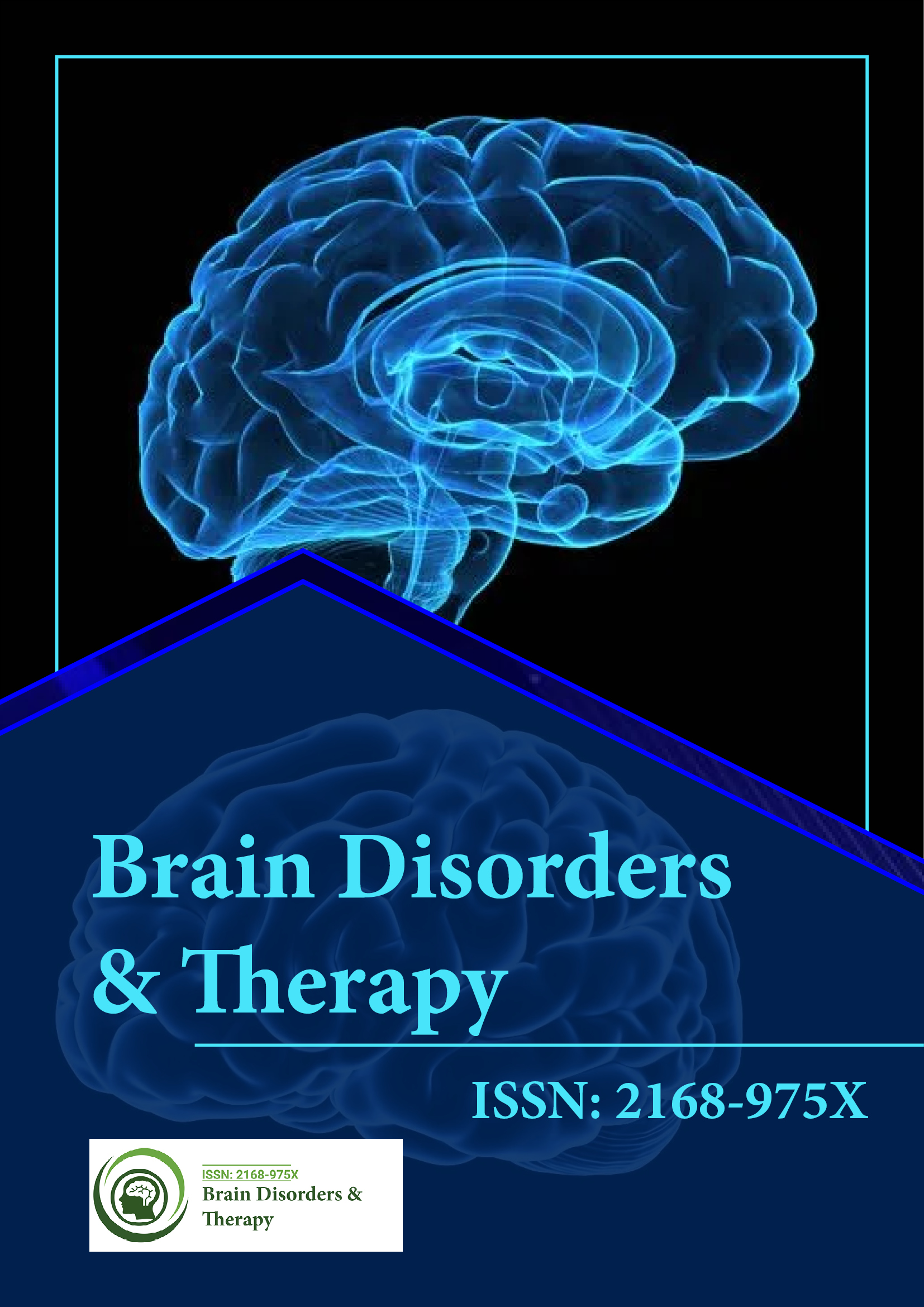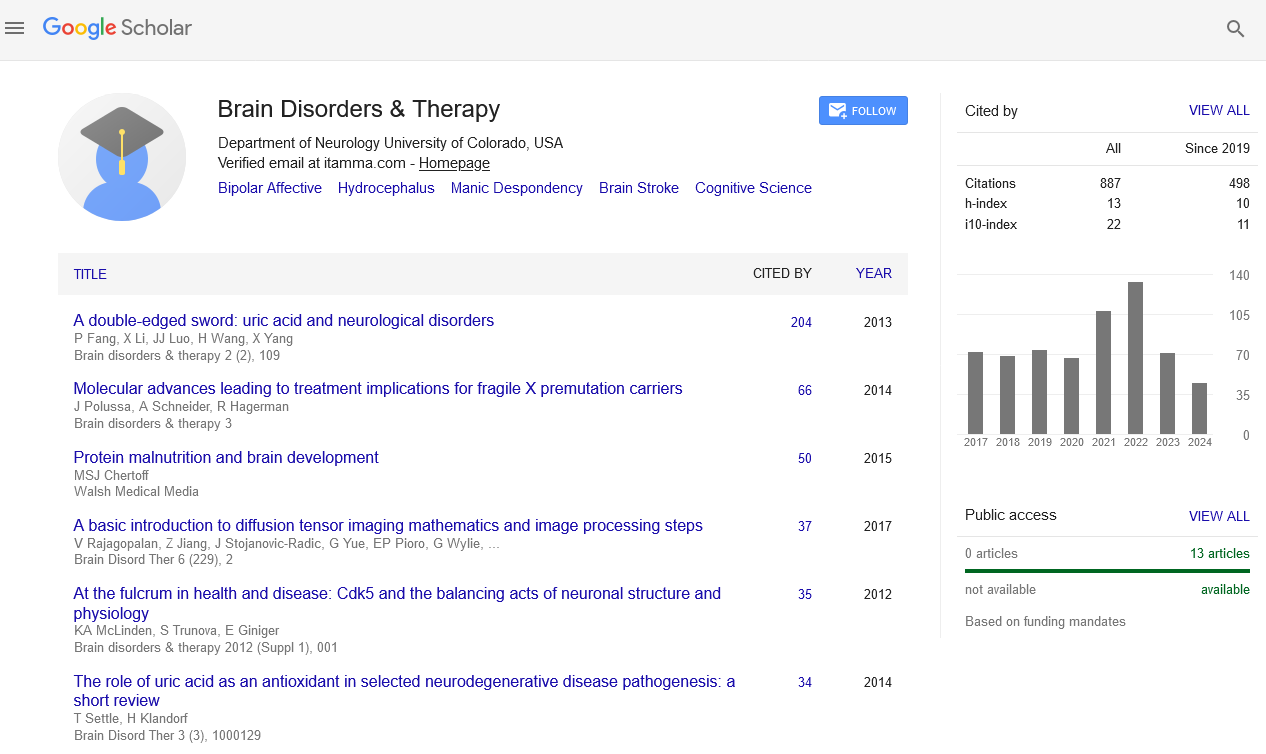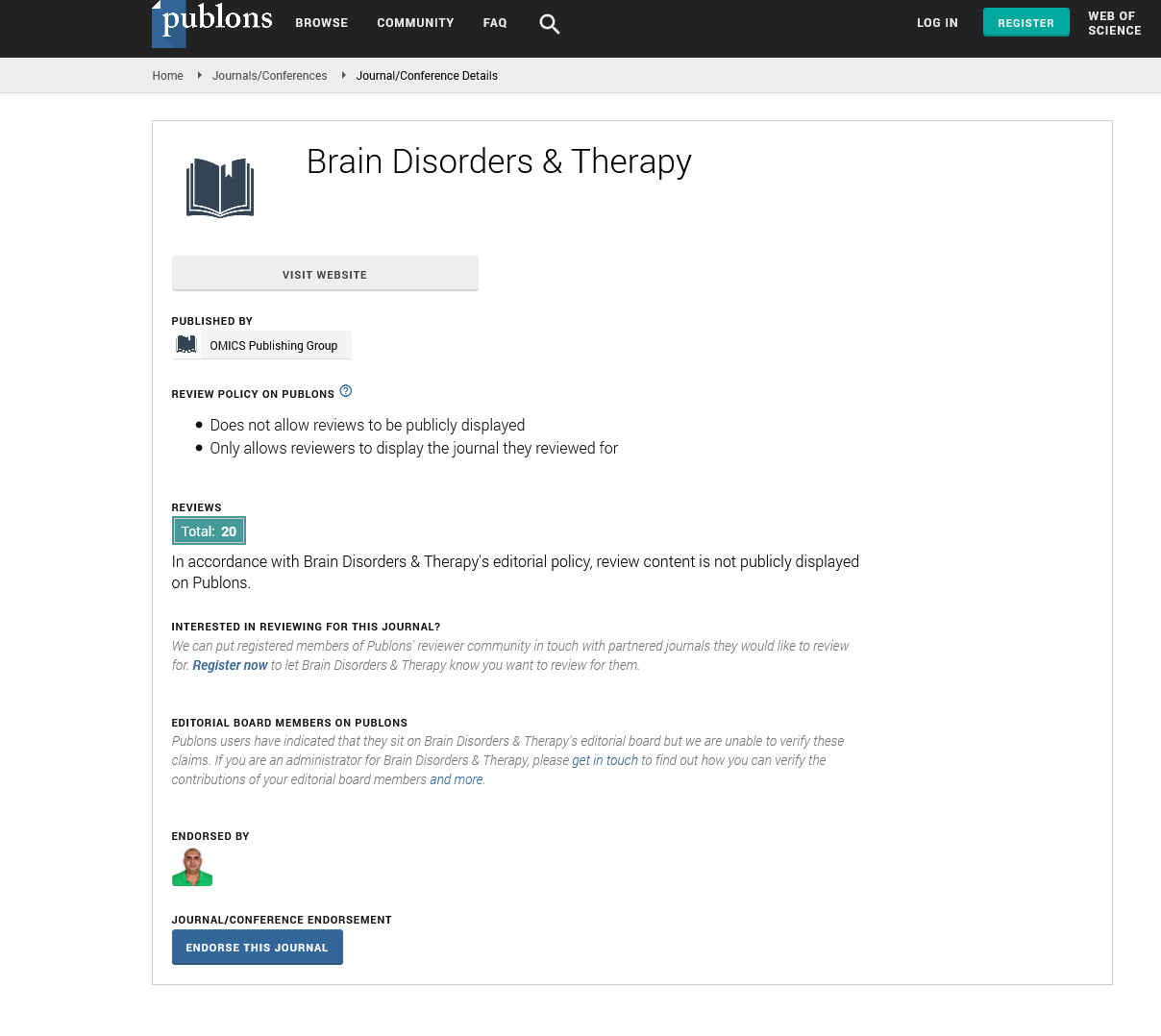Indexed In
- Open J Gate
- Genamics JournalSeek
- JournalTOCs
- RefSeek
- Hamdard University
- EBSCO A-Z
- OCLC- WorldCat
- Publons
- Geneva Foundation for Medical Education and Research
Useful Links
Share This Page
Journal Flyer

Open Access Journals
- Agri and Aquaculture
- Biochemistry
- Bioinformatics & Systems Biology
- Business & Management
- Chemistry
- Clinical Sciences
- Engineering
- Food & Nutrition
- General Science
- Genetics & Molecular Biology
- Immunology & Microbiology
- Medical Sciences
- Neuroscience & Psychology
- Nursing & Health Care
- Pharmaceutical Sciences
Opinion Article - (2025) Volume 14, Issue 1
Gut Microbiome and Metabolite Signatures Associated with Aneurysm Instability
Yasmin Al-Farouqi*Received: 19-Feb-2025, Manuscript No. BDT-25-28912; Editor assigned: 21-Feb-2025, Pre QC No. BDT-25-28912 (PQ); Reviewed: 07-Mar-2025, QC No. BDT-25-28912; Revised: 14-Mar-2025, Manuscript No. BDT-25-28912 (R); Published: 21-Mar-2025, DOI: 10.35248/2168-975X.25.14.289
Description
The human microbiota, particularly the gut microbiome, has emerged as a central player in the regulation of systemic health, with far-reaching implications for the nervous system through what is now termed the Microbiota-Gut-Brain (MGB) axis. Intriguingly, recent advances in multi-omics technologies including metagenomics, metabolomics, transcriptomics and proteomics have provided compelling evidence suggesting that disruptions in this axis may influence the pathogenesis and rupture risk of Intracranial Aneurysms (IAs). While IAs are often asymptomatic until rupture, which can result in catastrophic subarachnoid hemorrhage, identifying underlying biological mechanisms and risk factors remains a major challenge. The emerging link between gut microbial dysbiosis and IA rupture is provocative, potentially opening new avenues for predictive, preventive and therapeutic strategies.
Several studies employing 16S rRNA sequencing and shotgun metagenomics have demonstrated altered microbial compositions in individuals with cerebrovascular diseases. In the context of IAs, reductions in beneficial bacteria that produce Short-Chain Fatty Acids (SCFAs), such as Faecalibacterium and Roseburia, and an increase in pro-inflammatory genera like Escherichia and Shigella have been noted. These microbial changes could promote systemic inflammation, endothelial dysfunction and vascular remodeling—known contributors to aneurysm formation and rupture. The ability of multi-omics approaches to integrate host and microbial data allows researchers to identify not only taxonomic shifts but also functionally relevant changes in metabolic pathways and immune signaling.
Inflammation is a well-established component of IA pathology, especially in the aneurysmal wall where macrophage infiltration and cytokine production weaken the vascular structure. Omics-based analyses have revealed elevated levels of circulating Lipopolysaccharides (LPS), a microbial metabolite derived from Gram-negative bacteria, in patients with ruptured IAs. LPS has been shown to cross the intestinal barrier during states of gut permeability, enter systemic circulation and activate Toll-Like Receptor 4 (TLR4) on endothelial cells, thereby enhancing vascular inflammation. This suggests that gut microbial metabolites may act as silent drivers of vascular instability in predisposed individuals.
Metabolomic profiling has further supported this link by identifying specific microbial-derived metabolites, such as Trimethylamine-N-Oxide (TMAO), associated with increased vascular inflammation and thrombosis. Elevated TMAO levels have been implicated in the progression of atherosclerosis and may similarly affect cerebral arteries. In patients with ruptured IAs, plasma TMAO concentrations appear to be higher, pointing to a potential systemic metabolic environment that favors vascular insult. Moreover, transcriptomic analyses of aneurysmal tissue have identified upregulation of genes associated with inflammatory pathways, immune cell activation and oxidative stress, all of which are modulated by microbiota-derived signals.
Importantly, the bidirectional nature of the MGB axis implies that brain insults may also feedback and alter gut homeostasis, establishing a vicious cycle of dysregulation. It is conceivable that the presence of a developing IA or the hemodynamic changes associated with aneurysmal dilation could trigger neurogenic inflammation, modulating vagal tone and gut permeability. This would further enhance microbial translocation and systemic inflammation, exacerbating vascular pathology. The MGB axis thus offers a dynamic and complex biological framework for understanding how peripheral systems influence cerebrovascular integrity.
Despite these compelling insights, several questions remain. Are microbial changes a cause or a consequence of IA rupture? Do specific bacterial species or their metabolites play a more direct role in aneurysm destabilization? Can modulation of the microbiota alter the natural course of unruptured IAs? These questions necessitate longitudinal studies with larger cohorts and mechanistic animal models that integrate omics data with histopathological findings. Furthermore, while multi-omics provides a powerful lens, data integration remains a major analytical hurdle, requiring advanced computational methods and standardized pipelines to draw reproducible conclusions.
In conclusion, the integration of multiple omics platforms has begun to unveil a compelling relationship between the microbiota-gut-brain axis and intracranial aneurysm rupture. While causality has yet to be definitively established, the convergence of microbial, metabolic and inflammatory signatures points toward a systemic contribution of gut-derived factors to vascular fragility. Future research that embraces this interdisciplinary framework could yield transformative insights, providing new biomarkers for risk stratification and novel therapeutic targets for the prevention of catastrophic vascular events such as aneurysm rupture. The gut, long underestimated in neurovascular health, may indeed hold keys to unraveling complex cerebrovascular diseases.
Citation: Al-Farouqi Y (2025). Gut Microbiome and Metabolite Signatures Associated with Aneurysm Instability. Brain Disord Ther. 14:289.
Copyright: © 2025 Al-Farouqi Y. This is an open access article distributed under the terms of the Creative Commons Attribution License, which permits unrestricted use, distribution, and reproduction in any medium, provided the original author and source are credited.


